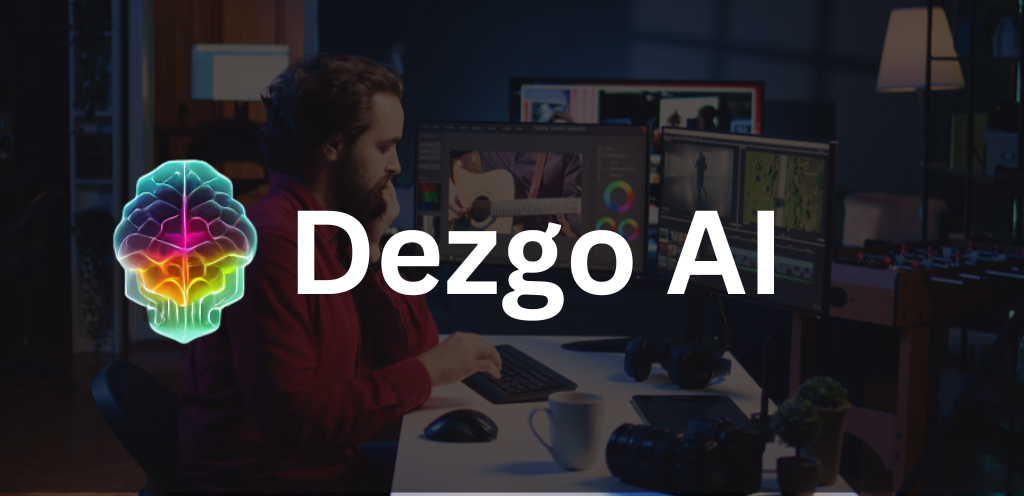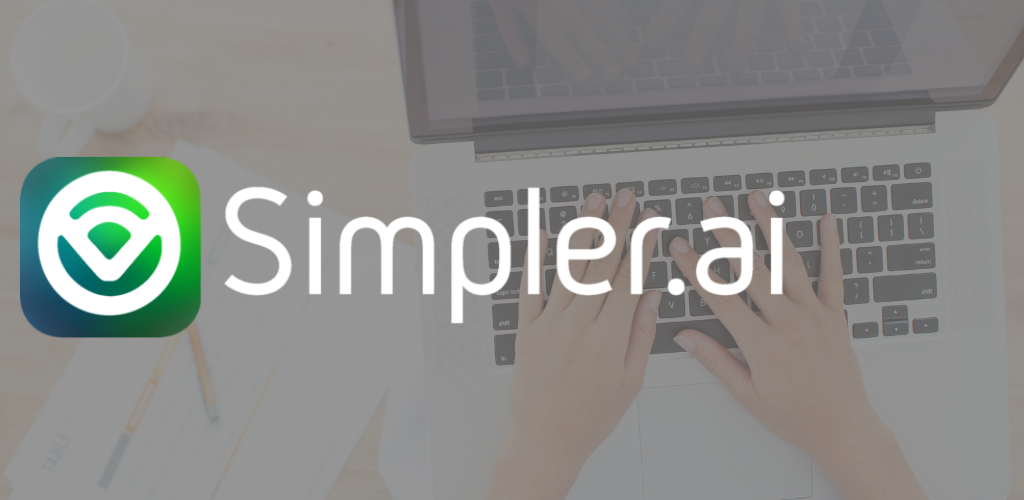Generative AI is changing how software is developed by automating tasks, improving code creation, and speeding up testing. It offers developers powerful tools to innovate faster and more efficiently.
Yet, alongside these advancements, developers face significant ethical responsibilities. In the responsibility of developers using generative AI, they must ensure AI systems are fair and transparent, and respect user privacy.
This means tackling biases in AI, making AI decisions clear, and protecting personal data. Understanding and fulfilling these responsibilities is crucial. Ensuring GDPR-compliant consent is part of this responsibility, as it safeguards user privacy and builds trust. Understanding and fulfilling these responsibilities is crucial.
This article dives into these ethical challenges, highlighting how developers can harness generative AI’s potential while maintaining ethical standards and trust in society.
What is the Role of Developers in AI?
Developers play a significant role in how AI is developed, implemented, and supported to make it successful and safe. Here are the key roles developers play in AI:
1. AI Model Development
Developers need to create and train AI models so they can perform tasks correctly. They also adjust the models to make them faster and more accurate.
2. Acquisition and Analysis
Creating an ideal dataset is a critical process in developing an AI-based system, and developers usually help in this process by collecting data, removing the noise, and preprocessing the data for training. People should make certain that the data matters are clear and impartial to eliminate inferior drive conduct by the AI.
3. Algorithm Optimization
Developers of these models usually adjust the algorithms in order to make them perform better and require fewer resources. This is important in order to guarantee the AI outputs to be correct while at the same time considering the resources from the hardware.
4. Ensuring Ethical Use
In facilitating the use of AI, it is the responsibility of developers to guarantee that the systems are used appropriately. It also involves reducing prejudices, impartiality, and dealing with privacy issues to do with the users.
5. Maintaining AI Systems
AI systems are supervised by developers, and codes are modified occasionally to solve problems and enhance the accuracy and viability of models.
What is Generative AI?
Generative AI refers to a class of artificial intelligence systems that can recognize patterns from existing data and create new content, such as text, images, music, or even entire videos. This is unlike traditional AI, which focuses on data analysis and predictions that mimic the characteristics of the input data it was trained on.
A prime example of an AI enabler is the Generative Adversarial Network (GAN), which consists of two nodes, a generator and a discriminator, that work together to generate automated data. You can generate consistency and contextual information.
Generative AI has huge applications in a variety of industries, from enhancing creative processes in art and music to enhancing design automation, virtual reality, and content creation.
What is the Responsibility of Developers Using Generative AI?
The use of generative AI in software engineering is still relatively recent, and there are specific roles that fall onto the developers. Here are key responsibilities:
1. Ethical Considerations
AI developers should adhere to ethical practice with regard to abstaining from creating or propagating damaging or erroneous messages and being wholly transparent with AI-produced contents.
2. Bias mitigation
The study has highlighted the need to work harder in trying to eliminate bias in the models that drive AI systems for the purpose of avoiding what some practitioners have characterized as fairly arbitrary outcomes in the context of AI applications.
3. Data Privacy
Privacy has to be respected by following the privacy regulations set around the world, and users’ private information has to be secured reliably to avoid misuse and to retain confidence among the users.
4. Quality Assurance
In order for it to make sense for an implementation of an AI, it is important to periodically run through the results produced and benchmark the AI.
5. User Empowerment
Thus, informed usage contributes to the promotion of AI technologies when users receive relevant information regarding their application and constraints.
Thus, by fulfilling these obligations, developers can harness generative AI while maintaining the highest levels of ethicality.
How Does Generative AI Affect Software Development?
Beginning with code generation through automated testing, it brings new concepts and capabilities into the development process, which fundamentally changes the environment. Here’s how generative AI is affecting software development:
1. Accelerated Code Generation
It takes a lot of time to code, but with generative AI tools, you can use prompts to generate snippets of code. This empowers developers to work at the abstract level, or if it can be phrased that way, at a higher level of objectivity, and to design and deal with more sophisticated aspects of the application.
2. Improve the control of debugging and error signal
Code can be automatically reviewed through some form of AI technology, so a scanner may deliver the bugs, errors, or inefficiencies in the code much quicker than a manpower system. They can also recommend corrections, enhance the quality of codes, and save time that would have been used in correcting.
3. Automated Testing
Testing processes can be both automated and optimized. They can write and execute test cases, model likely user scenarios, and potentially problematic situations; this makes production faster and more exact.
4. Smarter Project Management
Information related to timelines, the distribution of resources, as well as risk mapping, is feasible. It assists project managers to make better decisions regarding project workflow, shortening the project’s timeline.
5. Customisation and personalisation
Having generative AI guarantees the opportunity to develop the necessary software for certain needs of users. AI, through patterns of usage and users’ engagements, can recommend new features and enhancements that will advance business goals and user experiences.
6. Enhanced Collaboration Tools
Intelligent software applications enhance the relationships between developers, meaning that teams become more productive while working across time zones and geographies.
Also read: Best AI Tools For Developers
How Can Generative AI Enhance Developer Productivity?
Generative AI is a game-changer in terms of software development tools that actually provide ways to automate actions and make them more efficient, allowing developers to move on to higher-level concepts. Here’s how it enhances productivity:
Automated Code Generation
Some AI applications, commonly known as intelligent coding tools, can generate boilerplates that significantly reduce coding time and enhance efficiency by automating simple tasks for developers.
Error Detection and Debugging
AI tools can be used to identify mistakes as a program is running and offer corrections, ensuring debugging is not as much strain on developers.
Optimized code suggestions
It uses generative AI to provide developers with suggestions regarding the code that they are likely to write, thus minimizing errors.
Automated Documentation
AI can auto-generate documentation, to which developers can allocate less time than they spend creating their applications.
Improved Collaboration
Using artificial intelligence communication tools, developers can work as a single team, minimizing linguistic differences when it comes to code reviews. Education and Training
There are more AI-centralized platforms that provide lessons and support for developers regarding the most recent technologies.
Best Practices for Developers Using Generative AI
It is essential that software developers follow norms to achieve high quality and safety, as well as compliance with ethical standards. Here are some key practices developers should follow when integrating generative AI into their work:
1. Understanding AI Models
It is also important for developers to be able to manage the AI models they incorporate in their systems, including their mistakes and prejudice. This makes it possible to reduce cases of dependency on the outputs generated by the AI tools and offers a degree of input control on the development process.
2. Prioritizing Data Privacy
The minimization of data is very important when using artificial intelligence tools. User data should be collected and processed in such a way that it is not identifiable and stored to the highest level of security by catering to the policy of GDPR/CCPA.
3. Bias mitigation
AI models often have inherent biases from training data. It is the responsibility of developers using generative AI to ensure ethical practices by actively identifying and mitigating these biases to avoid discrimination and ensure fair outcomes.
4. Ethical AI Usage
AI should be applied appropriately by developers by assessing its appropriateness to ethics. This includes providing information to users that content has been generated by AI, and developers should avoid replacing human decision-making in relevant sectors such as healthcare or legal ones.
5. Human Oversight
AI can do so, but it is imperative to always have human intervention. AI outputs should be periodically checked by the developers to avoid the effort becoming a source of superficial information and to make sure that it is not mistaken for an opinion of a human professional.
6. Adaptation and change, or better yet, sustain and improve
AI is one of the developing areas that is experiencing tremendous developments. The real estate developers need to monitor the modern trends and practices in the application of AI systems, always calibrating and updating AI models for their relevancy and efficiency as well as their compliance with ethical standards. Developers can leverage generative AI to enhance their projects while upholding ethical standards and maintaining the responsibility of developers using generative AI to ensure ethical practices.
Ending Note
Developers using generative AI must navigate the balance between innovation and ethical considerations. While AI enhances productivity and creativity in software development, developers must ensure their practices prioritize fairness, transparency, and user privacy.
It involves mitigating biases in AI models, maintaining transparency in AI-generated outputs, and safeguarding sensitive data through robust security measures and informed consent.
By embracing these responsibilities, developers not only foster trust and acceptance of AI technologies but also contribute to a sustainable and equitable digital future where innovation aligns with ethical principles and societal well-being.
FAQs
What moral obligations are assumed by developers working with generative AI?
Authors are obliged to maintain and exhibit the neutrality and non-prejudiced nature of AI-created material. They should not generate any output that is false or intended to harm.
In what ways do developers avoid and deal with bias in generative AI?
It is the duty of the developers who create the training data and an algorithm to be free from biases and give a fair and equal output.
Where do the developers stand in the protection of the user data while using generative AI?
Due to personal data protection regulations, developers have to ensure the privacy of the data, such as applying the anonymization of data and other legislation that may exist, such as GDPR.
How can one make the output of generative AI dependable?
Testing, monitoring, and reviewing help AI developers achieve accuracy and consistency and ensure the safety of several generative AI models.






